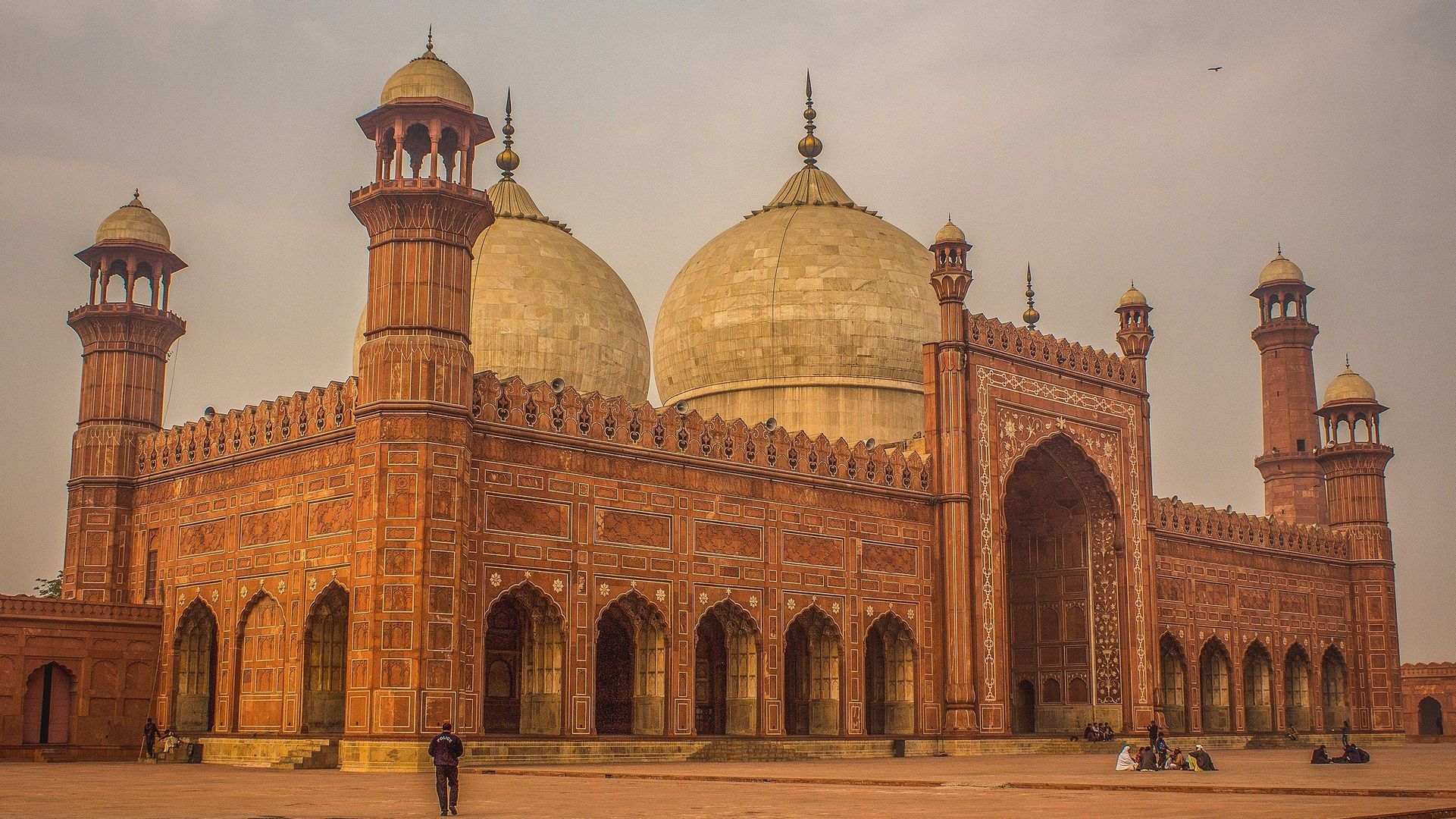Description
Property Name: Badshahi Mosque
Inventory No: 92-42-2
Date of infill of the inventory form: 2008-01-01
Country (State party): Pakistan
Province: Lahore
Town:
Geographic coordinates: 31° 35′ 17.69″ N
74° 18′ 39.95″ E
Historic Period: Mughal
Year of Construction: 1673-4
Style: Mughal
Original Use: Masjid
Current Use: Masjid
Architect: Unknown
Significance
–
State of Preservation
Lahore suffered many devastating invasions in the 18th century, finally becoming capital of the Sikhs who adapted the Mughal style. In the foreground is the Hazuri Bagh Badari, the pavilion built in 1818 by Ranjit Singh, Sikh ruler of the Punjab. Beyond is the gateway to the mosque, approached by monumental steps similar to those at the Friday mosque at Shahjahanabad. The inscription on the gateway indicates that it was built in A.H. 1084 (1673-74 A.D.) It remains the largest mosque of the Mughal-era, and is the second-largest mosque in Pakistan.[4] After the fall of the Mughal Empire, the mosque was used as a garrison by the Sikh Empire and the British Empire, and is now one of Pakistan’s most iconic sights.
References
Amin, Mohamed. Journey through Pakistan. Nairohi. Cameropix Publishers International, 1982.
Khan, Ahmad Nabi. Monuments of Islamic civilization in Islamic Republic of Pakistan. Rabat: ISESCO, 2000.
Mumtaz, Kamil Khan. Architecture in Pakistan. London: Concept Media Ltd.; North America: Butterworth Architecture.
Samina Quraeshi. Lahore The City Within. Concept Media 1988
Unesco Website: http://whc.unesco.org


